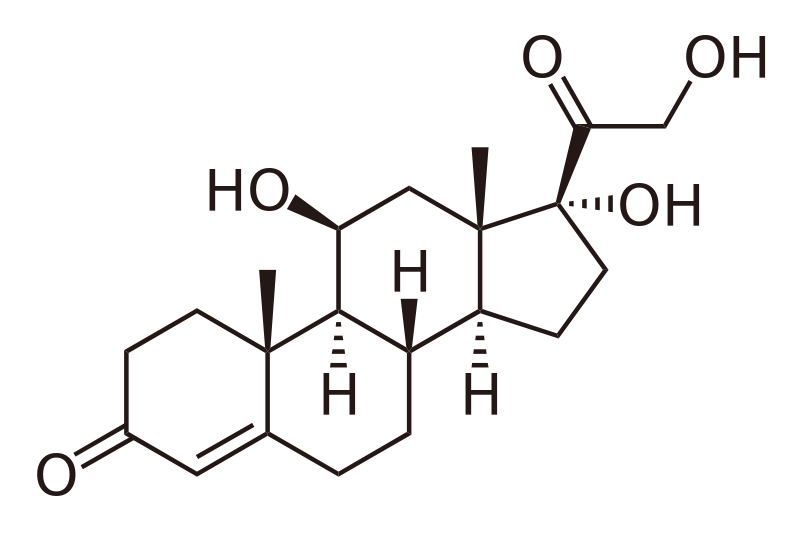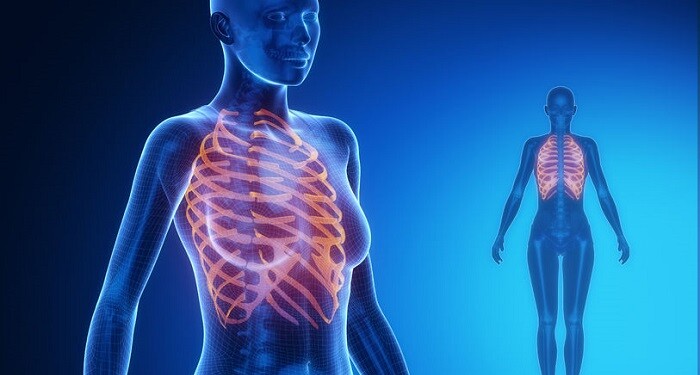Fibromyalgia is not a disease or condition, but a syndrome of chronic pain manifested in the muscles and soft tissues. Discovered in 1980, researchers did not initially classify fibromyalgia as inflammatory or rheumatic in nature, although it was considered a rheumatic condition based on untreated mental problems.
Fibromyalgia is a disorder that features musculoskeletal pain spread throughout the body, accompanied by fatigue, sleep disorders, memory, and mood issues. Researchers believe that in the case of those suffering from fibromyalgia, painful sensations are amplified in the brain and spinal cord.
CONTENT:
What are the causes?
It is believed that one cause is increased sensitivity and low level of pain tolerance of nerve cells in the spinal cord and brain due to possible chemical changes. On the other hand, it is believed that fibromyalgia can be caused by the imbalance of some hormones, such as cortisol, growth hormone, because their insufficiency causes exhaustion, but also low tolerance to pain.
The definite causes of fibromyalgia are not fully known, but most doctors believe that repeated nerve stimulation alters the way the brain perceives pain. This irreversible change causes an abnormal increase in the levels of certain chemicals in the brain and in the spinal cord, which generates the sensation of pain. Additionally, pain receptors, present throughout the organs, skin, muscles, and joints, seem to develop what doctors refer to as “pain memory,” becoming extremely sensitive and overreacting to both painful and painless signals.
What are the symptoms?
The most important symptom is certainly the pain experienced in muscles, tendons, and ligaments. But, in addition, a combination of other signs indicates the presence of fibromyalgia. Headaches, exhaustion from insomnia or poor sleep, anxiety, irritable bowel syndrome, and memory issues may indicate fibromyalgia. The manifestations are different from one person to another. In rare cases, fibromyalgia may be accompanied by Raynaud’s syndrome, tingling, numbness, flu-like symptoms, itching, or bowel issues. Also, the morning stiffness of the joints that does not last more than an hour is a characteristic sign of this syndrome.
Another common symptom of fibromyalgia is the presence of sensitive spots in certain locations on the body. When applied to holy individuals, they will only feel pressure. In the case of those suffering from fibromyalgia, they will feel pain.
What is the treatment?
Fibromyalgia is difficult to treat, but medications, therapy, and lifestyle adjustment can help control symptoms and improve quality of life.
Treatment focuses on minimizing symptoms and improving overall health. A single treatment does not address all symptoms, and healthcare providers tailor the treatment schedule to each patient.
You use common analgesics that do not require a prescription. People in the upper classes should avoid them, as they may produce severe side effects and lead to addiction. Research has proven that they worsen the pain over time. Antidepressants are helpful and can help relieve the pain and fatigue associated with fibromyalgia. In addition, they relax and have benefits in regulating sleep. Medications used to treat epilepsy, often prove helpful in reducing certain painful manifestations associated with fibromyalgia.
Unfortunately, when diagnosed and experiencing chronic pain and fatigue, many people with fibromyalgia may also develop major depression. It also investigates the presence of abnormalities in brain chemistry, which can lead to depression or increased sensitivity to pain.
Positive thinking, meditation, and prayer studied by Dr. Andrew Newberg have healing effects on body processes and consciousness. In case of pain, you can use painkillers and antidepressants for fatigue.




